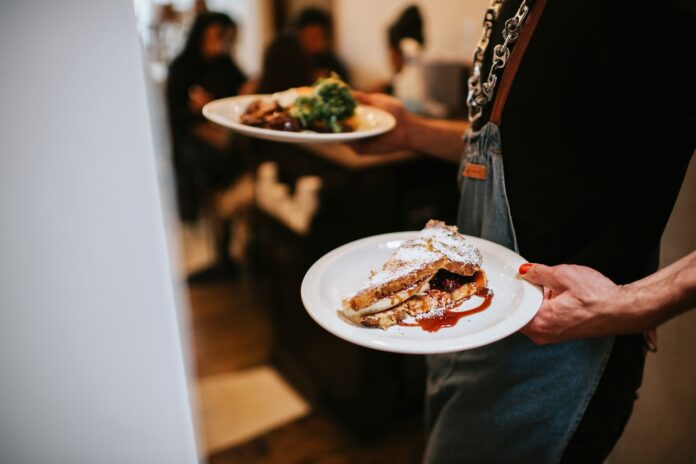:max_bytes(150000):strip_icc():format(jpeg)/Theres-One-Word-That-Strikes-Fear-Into-the-Heart-of-Every-Server-FT-BLOG1124-0499e247cc0b4870b9c029e3dd074a61.jpg)
One of the best things about working in a restaurant is that most employees don’t have to take their work home with them. While it’s true that the smell of the restaurant is embedded into our hair, clothes and skin and we occasionally may carry out some carry-out, for the most part, we do not have to think about our job when we aren’t there. (Well, there’s the recurring server nightmare, but that’s another story.)
Even though the work hours are flexible, it doesn’t always give us the option for a decent work-life balance. It can be challenging to make plans since the restaurant business is notoriously unpredictable and the beginning and end times for shifts and even the restaurant hours can change by the day.
The restaurant working schedule is a complicated enigma created by some unlucky manager who crafts it like a Tetris game, with each employee sliding precisely into the necessary work slot. The staff coverage can depend on weather, holidays, and even by what’s on television. If there’s a big game on and the restaurant has TV screens, suddenly there needs to be eight servers working that shift instead of five. Restaurant work schedules change more often than I change my mind about what I want to order for dinner each night.
Most people who work in restaurants don’t have a set schedule. Some shifts can be horrendously long while others can be refreshingly brief. I had a dream shift for a few years serving the late breakfast crowd at a hotel and didn’t have to get there until 10 a.m. The restaurant closed after lunch at 2 p.m., so my shift was usually only about five hours. It was a blissful, but rare schedule that allowed me to have a pretty good life outside of work. That’s not always the case.
Restaurant shifts, particularly for servers, have no clear ending time. Just because the restaurant closes at 10 p.m. doesn’t mean anyone is leaving at that time. Some shifts can end unexpectedly sooner if the restaurant isn’t busy. Or, we might think we’re leaving at a certain time because we’re not the closer, but a customer decided to pitch a tent and camp out staying way past their welcome and now we’re there until the cows come home. Trying to explain to a non-restaurant worker what time we get off is practically impossible. “Somewhere between opening time and closing time, but I won’t know until it happens.” It makes planning anything for after work difficult which might be why some restaurant workers spend their free time at work, off the clock and at the bar. It makes the line between work and life very, very blurry.
Darron Cardosa
It’s like if Harry Potter whispered Voldemort to Hermoine or if an actor uttered Macbeth while in a theater.
— Darron Cardosa
There is one word in the restaurant world that no one ever wants to hear because it’s a definite work-life balance killer. It’s like if Harry Potter whispered Voldemort to Hermoine or if an actor uttered Macbeth while in a theater. The very mention of the word creates the possibility that it may come into fruition. That word is “clopen.”
It’s the most awful of all hybrid words, a combination of a closing shift one night that is followed by an opening shift the next day. Sometimes the turnaround of a clopen is barely enough time to shake off the previous shift before starting the next one, let alone getting some sleep and a couple of meals. It feels like it would be easier to curl up in a booth with a tablecloth for a blanket for a few hours of rest. Clopens are are like a “storm of the century” in that they shouldn’t happen very often, yet they happen more frequently than once every hundred years.
That’s not to say that the working hours at a restaurant are always horrible. There are great things about them, like being able to give away a shift if something comes up or pick one up if you need extra money. (Beware: that’s how clopens are born.) It’s just that restaurant hours are not the typical Monday through Friday, nine-to-five job that the world tends to revolve around and for most restaurant workers, we’re good with that. We’ll complain about it, but it’s part of what makes us who we are.



